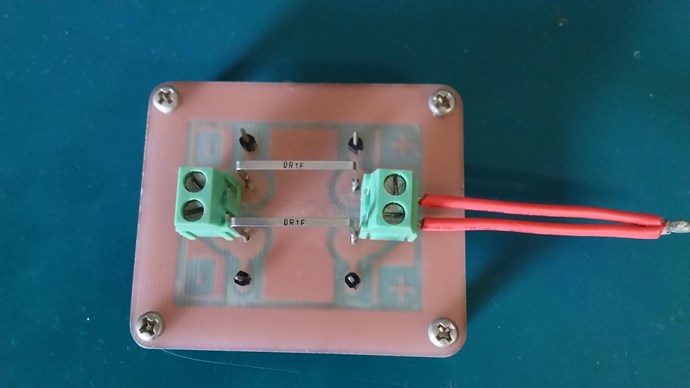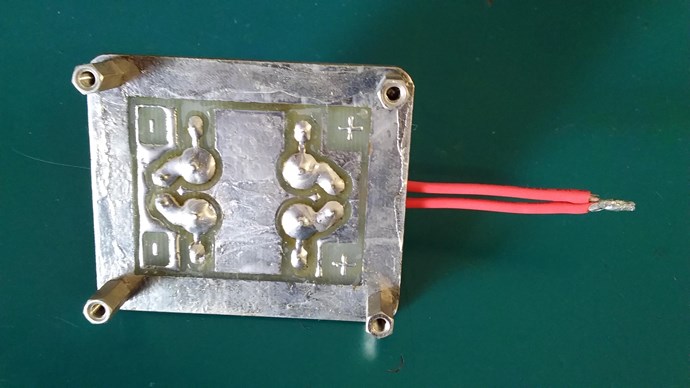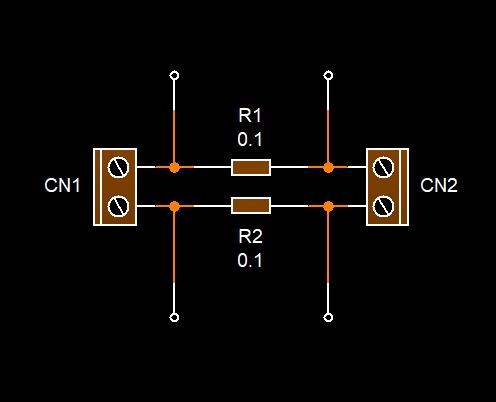I know most of you already know, but this post is to help brings others up to speed:
See(Increasing the Rate of Kinetic Energy)
Ohms Law, for electronics, takes Resistance (Ohms), Voltage (Volts), Current (Amps) and Power (watts) and with a set of equations gives a very accurate prediction of each and every quantity, only requiring two input quantity's.
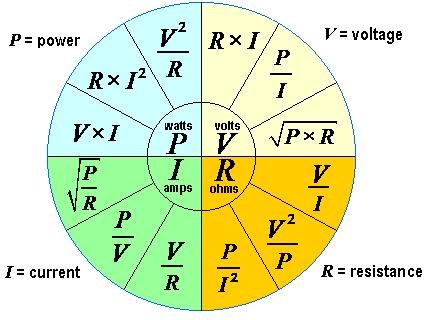
A Current Sensing Resistor (CSR) uses the equation: Current ( I ) = Voltage ( V ) / Resistance ( R )
Because the Voltage Drop over a Resistance can be measured very accurately, and using a small resistance so as to not impede the Circuit much, we can get a very good idea of the Current in the Circuit. In the following example, we need to keep in mind the Units, using milliOhms requires a correction as will be shown.
Using Ohms Law, the Current through a 1 Ohm Resistor when 1 Volt is applied across it, is 1 Ampere: I = V / R = 1 / 1 = 1
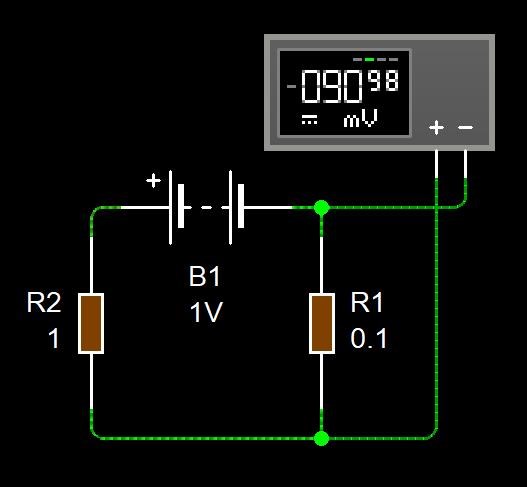
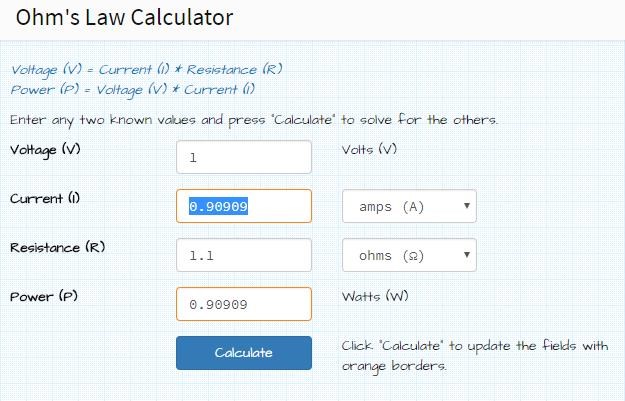
In the above example, the Values chosen are:
- Resistance = 1.1 Ohms
- Voltage = 1 Volt
So, the equation, again: I = V / R = 1 / 1.1 = 0.90909
In the above simulation we get: 09098
Note: We are measuring a Voltage Drop across a Resistor that is 1/10th of an Ohm! We need to account for this because this resistor is 1/10th of of an Ohm, for the Total Circuit Resistance.
A correction factor of 10 must be applied! We have an easy option however! Setting the Oscilloscope Probe to 10x can automatically account for this correction, giving us:
09098 x 10 = 0.9098
Which is correct up to three decimal places, where the simulation perhaps accounting for trace resistance, 0.0008 of an Amp difference. Also rounding may play a part in this figure.
Calculated Resistance: 1.09914 for the given Current: 0.9098
Measuring, or observing Current is really important! Its a key step in understanding what Coils are doing, an observing how they interact together! We have learnt this in The Mr Preva Experiment!
I have covered some of this before, but, the measurement Blocks I have built, are very valuable little devices!
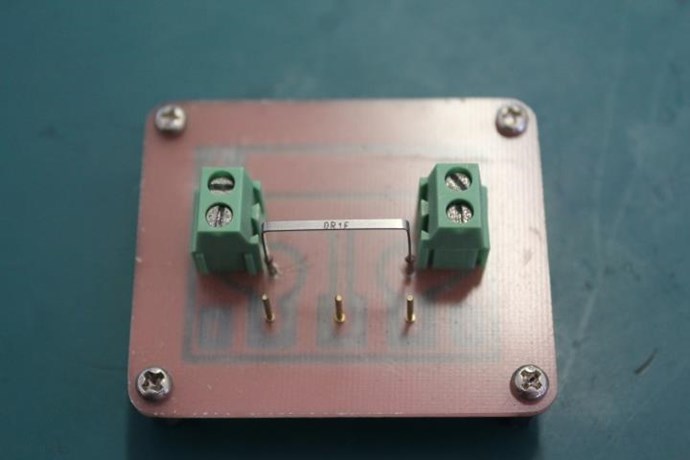
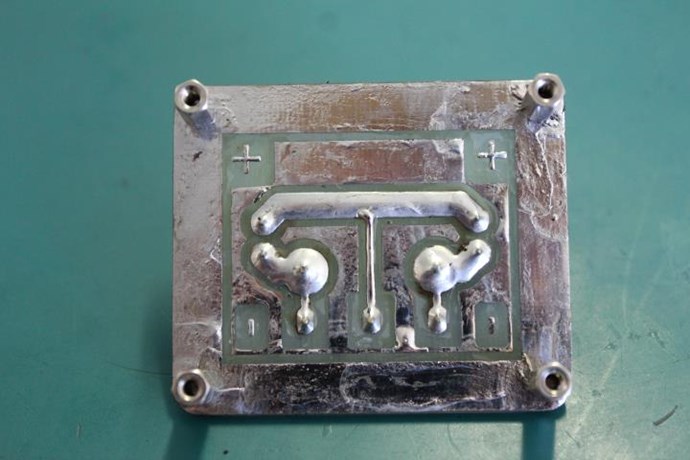
My Metal Strip Through Hole Current Sensing Resistors are 0.1 Ohms ±1% and have very little Inductance.
The following video is very good, but has a lot of silliness, I don't recommend using high Voltage or Hi Current, please be careful!
Also, watch wire length, no matter weather it is "Non-Inductive" it can still create problems!
Chris





